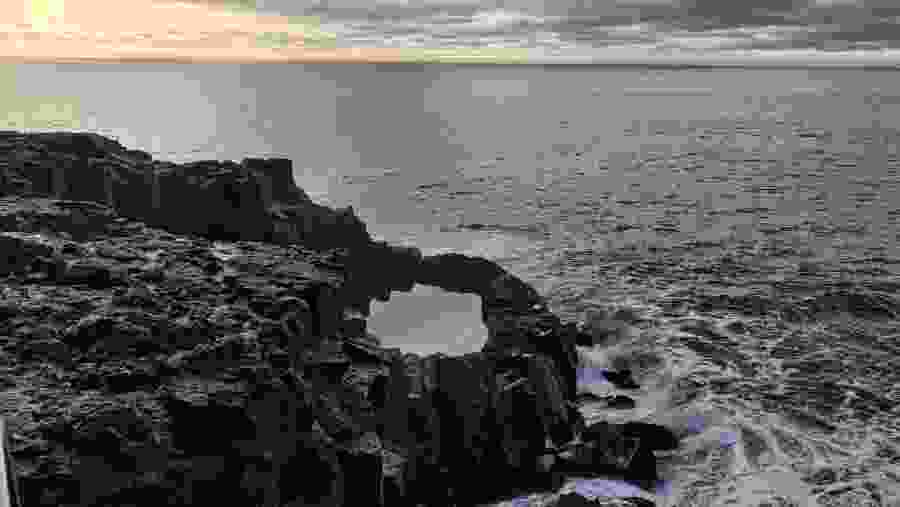Full-Day Reykjanes Peninsula Tour
Highlights
Reykjanes
photography, historical, sightseeing
Private Tour
1 Day
Easy
Danish, English, Icelandic
Description
Pick-up and drop-off are available from the airport, Reykjavik, Selfoss, or anywhere in between. This tour offers a rich blend of history and nature exploration. Visit the president's residence at Bessastaðir, enjoy incredible geothermal landscapes, including Lake Kleifarvatn and Seltún, and savor Icelandic cuisine in Grindavík. Other attractions include the Brimketill ocean view, Gunnuhver hot spring, and the unique bridge between continents. Blue Lagoon and Raufarhólshellir lava tube cave can be added upon request. Itinerary order may vary depending on the pick-up location.
Itinerary
-
Reykjanes
- At Bessastaðir, the president's residence, we walk around outside, see the reception house and the church and enjoy the view of Reykjavik. You can have your picture taken outside the reception house.
- From here, we drive to and learn about a Fish drying place before we stop by Lake Kleifarvatn to enjoy the view over the area.
- Seltún is a geothermal area where you walk between mud pools and hot springs and enjoy colourful nature.
- We see and learn about how Lake Grænavatn was formed.
- There is an option for a short hike to the edge of the most recent lava field.
- In Grindavík, we have lobster soup for lunch at Bryggjan. There are also other options like vegetable soup and lamb soup.
- Brimketill is a place by the ocean where we often see the waves splashing on the black lava field.
- Gunnuhver hot spring, named after the ghost Gunna, hissing and splashing over the old viewing platform.
- We offer you to walk over the bridge between continents from Europe to North America and enjoy the black sand that is there in between.
What's Included
What's Excluded
Know Before You Go
Meeting Point
Cancellation Policy
-
For cancellations upto 2 days before the tour -
Refund of 80% of the tour price.
Price
| The Group Size and Price | |
|---|---|
| 1 to 4 | /group |
| 5 to 7 | /group |
| 8 to 13 | /group |
| 14 to 16 | /group |
| 17 to 29 | /group |
|
This is a private tour |
|





